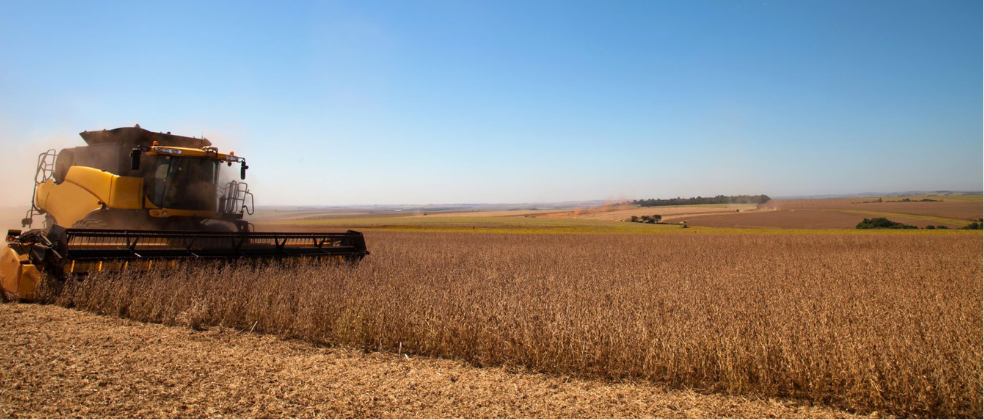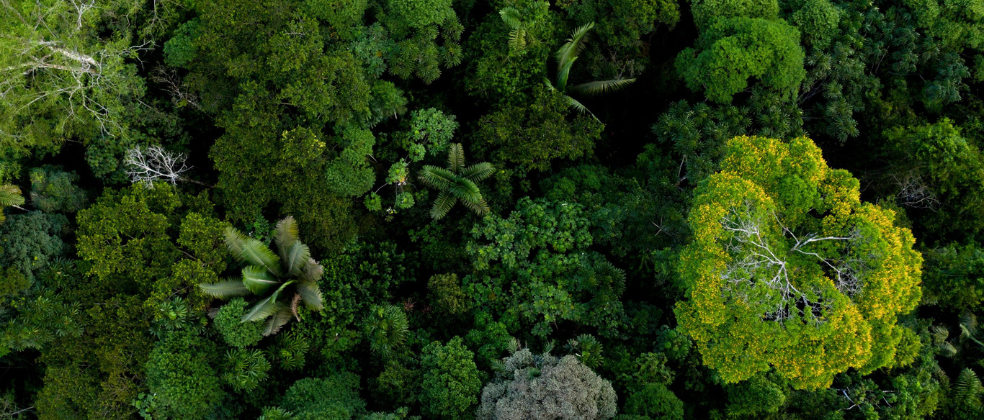The Responsible Commodities Facility has won the Environmental Finance ‘Initiative of the year – Green Bond’ award.
The awards are judged by an independent panel and seek to recognise initiatives that excel, innovate and contribute to the successful development of the market.
RCF’s founder and SIM Director, Pedro Moura Costa, commented, “We are delighted that the Responsible Commodities Facility has been recognised in this way. We set out to create something game-changing and achieved this with the input from our delivery partners, the Environmental Committee, and our initial investors, who all contributed to the design of the mechanism. This award is shared with all of them.”





